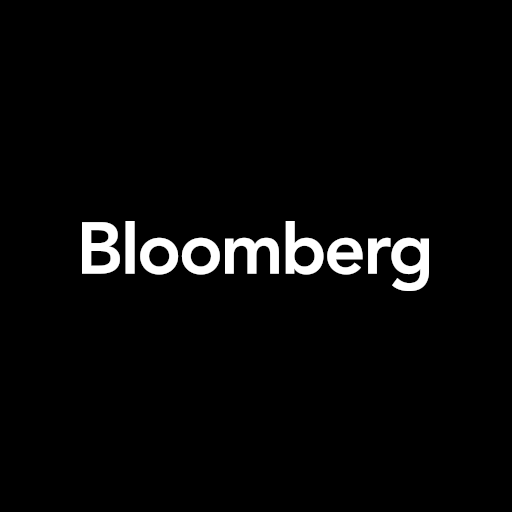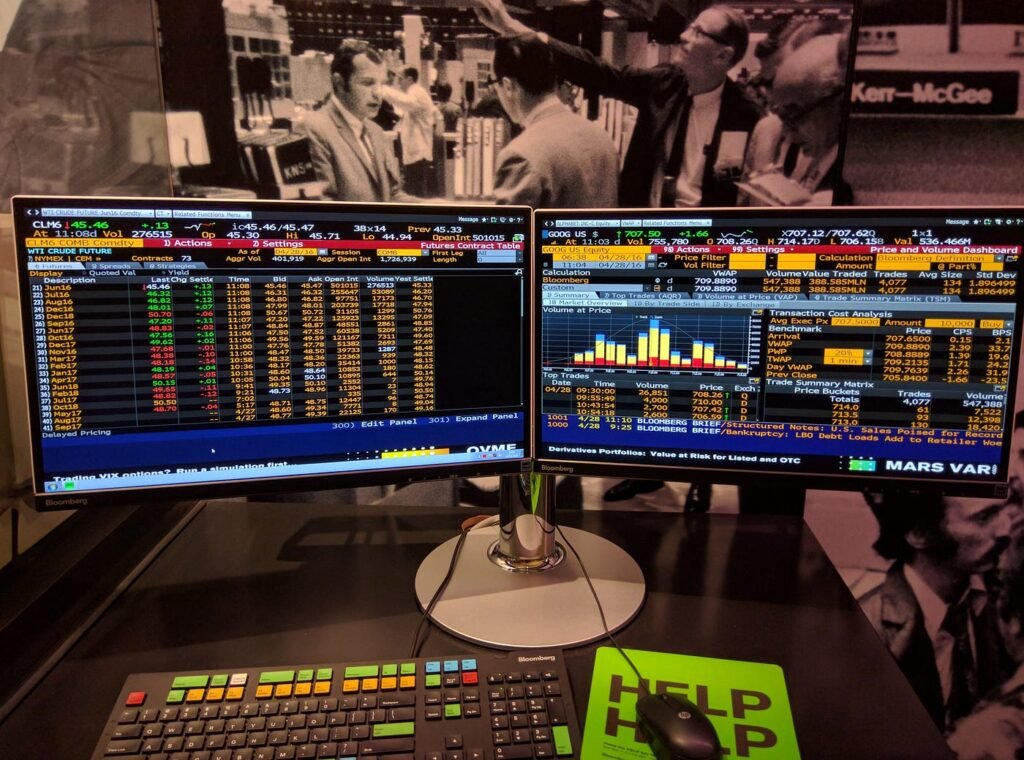
<10 milestones>
- 1981: Michael Bloomberg founds Innovative Market Systems (IMS) after leaving Salomon Brothers.
- 1982: The Market Master terminal (later called the Bloomberg Terminal) was released.
- 1984: Merrill Lynch invests $30 million in the company.
- 1986: The company changes its name to Bloomberg L.P..
- 1990: Bloomberg Business News is established.
- 1992: Bloomberg unveils a secure email system called “Bloomberg Message” for subscribers.
- 1993: Bloomberg.com is established on September 29 as a financial portal.
- 1996: Bloomberg Press begins publishing books for financial professionals and the general public.
- 2020: Bloomberg grows to over 325,000 subscriptions for its professional services.
- 2024: Net worth estimated at $106 billion in April 2024.
<Business model>
Bloomberg’s business model primarily focuses on ‘The Bloomberg terminal.’ Bloomberg terminal provides financial market data, news, and analytics, mainly for finance professionals. It costs approximately $27660 per year per terminal, accounting for most of the company’s revenue, around 76.6% in 2018. Moreover, Bloomberg’s revenue model is primarily based on subscription fees for access to its financial data and news services, with estimates suggesting annual costs ranging from $20,000 to $24,000 per terminal. The company reaches its customers through direct sales teams, websites, digital platforms, and social media channels. In March 2023, Bloomberg introduced BloombergGPT, which is Bloomberg’s 50 billion-parameter large language model purpose-built for finance.

<Key success factor>
Bloomberg’s core product, the Bloomberg terminal, provides sophisticated analytic tools, real-time financial market data, and insights. This allows financial professionals to access vast information, insights, and analyses in one place, making it an inevitable tool for many in the finance industry.
Moreover, service diversification is also an essential factor in success. Even though Bloomberg terminal remains its core product, Bloomberg has successfully expanded into various related fields such as Bloomberg professional services, Bloomberg news, Bloomberg radio, and Bloomberg New Economy forum. Such diversification has allowed Bloomberg to leverage data and expertise across multiple sectors, creating additional revenue streams and strengthening its position in the financial information industry.
<My suggestion for future growth>
For Bloomberg to grow even more in the future, there are certain aspects that it needs to work on. Firstly, Bloomberg should invest more in data services in emerging fields, such as climate analytics, GenerativeAI, and alternative data. Besides, the company faces a few deficiencies, including its heavy reliance on the financial services industry, which could be vulnerable during economic downturns, and increasing competition in the financial data market from established players and fintech startups. Bloomberg’s relatively high terminal pricing ($27,660 per year) could weaken if clients become more price-sensitive or lower-cost competitors gain traction. To overcome these challenges and drive growth, Bloomberg must diversify its product offerings, continue investing in cutting-edge technology, and potentially explore strategic partnerships or acquisitions to acquire new capabilities.
<References>
“Introducing BloombergGPT, Bloomberg’s 50-Billion Parameter Large Language Model, Purpose-Built from Scratch for Finance | Press | Bloomberg LP.” Bloomberg.Com, Bloomberg, www.bloomberg.com/company/press/bloomberggpt-50-billion-parameter-llm-tuned-finance/. It was accessed on 01 Sept. 2024.
Chen, James. “Bloomberg: Overview and History of the Financial News Company.” Investopedia, www.investopedia.com/terms/b/bloomberg.asp. Accessed 02 Sept. 2024.
Auditoree, Ezio. “Bloomberg Terminal Cost: An in-Depth Analysis.” Medium, 27 June 2024, medium.com/@auditoree598/bloomberg-terminal-cost-an-in-depth-analysis-3a316749dbbd. Accessed 02 Sept. 2024.
Leave a Reply